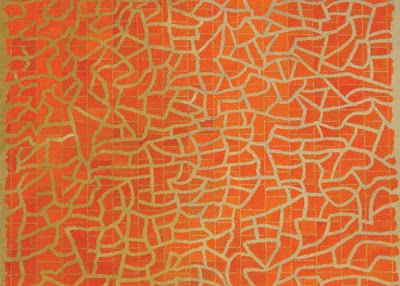There are some financial consultants who manage investment portfolios and who are now also diversifying into investing in art. Should you go for that option, remember to check out their credentials to ensure they are sound on all aspects related to art. Art as an asset class requires specialised knowledge, for instance information on upcoming artists, price and market trends to name just a few. In addition, a strong network with galleries, dealers and clients who are open to secondary sales is also a must. On the other hand you can opt for an art consultant who can assist you with planning out your art portfolio. Another option is to consider investing in art funds.

Having said that, the biggest thrill that comes with investing in art lies in doing your own research, reading up all available information, keeping tabs on the market, visiting art shows, interacting with artists and so on. The joy of choosing an artwork that appeals to your senses and you want to put up in your home is immeasurable. However, when you are looking at art from a purely investment perspective, be prepared to sell it when necessary. Most collectors caution and advise that one must maintain objectivity towards the artwork. Passion and emotion can cloud your judgement and you may either find yourself drawn towards art that has no investment value or you may end up keeping artworks foregoing opportunities to sell them at an advantage.
Keeping up to date on newer mediums, genres and foreign artists one can have the advantage of picking up works at lower costs that have the potential to appreciate in future. In conclusion, it helps to remember that one must always buy from reputable sources, ensure there are all relevant documents (authenticity and provenance), look for quality works and finally diversify your portfolio accordingly.
(Published in Financial Times)
No comments:
Post a Comment